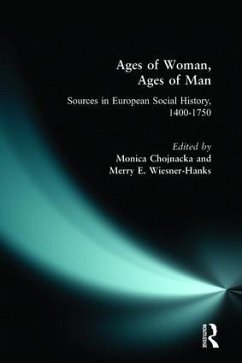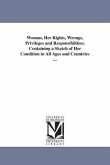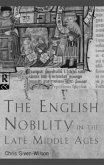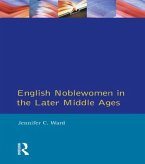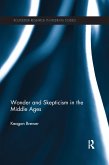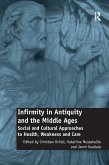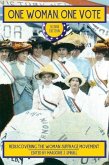Addressing the numerous and varied ways in which women and men's notions of themelves affected their lives between 1400 and 1750, this text explores how accepted norms of masculine and feminine behaviour influenced social, economic, and religious change.
AGES OF WOMAN, AGES OF MAN How did women and men live in early modern Europe? This innovative collection brings together a wide range of written and visual sources, the vast majority of them directly from European archives and printed for the first time in any language, which provide evidence about life in Europe during the late Middle Ages, Renaissance, and early modern era. The book is organized around two main principles: stages of life and gender, and is divided into eight chapters: childhood, youth and sexuality, courtship and weddings, married life, economic life, RELIGION, networks and communities, and widowhood and old age. The diverse sources include materials from TWENTY different states, including Portugal, Iceland, Russia, Denmark, SERBIA, and the Ottoman Empire, along with Italy, Germany, Spain, France, and England. The sources address the numerous and varied ways in which women and men s notions of themselves affected their lives, and explore how concepts of masculine and feminine influenced social, economic, and religious change. The editors have provided a general introduction and an introduction to each chapter, and have included questions for discussion at the end of each chapter. CONTRIBUTOR-TRANSLATORS WHO ARE SPECIALISTS IN THE AREA HAVE PROVIDED HEADNOTES TO EACH DOCUMENT. This text is a vital introduction to the age. Monica Chojnacka is Associate Professor of History, University of Georgia. Merry E. Wiesner-Hanks is Professor of History, University of Wisconsin-Milwaukee.
AGES OF WOMAN, AGES OF MAN How did women and men live in early modern Europe? This innovative collection brings together a wide range of written and visual sources, the vast majority of them directly from European archives and printed for the first time in any language, which provide evidence about life in Europe during the late Middle Ages, Renaissance, and early modern era. The book is organized around two main principles: stages of life and gender, and is divided into eight chapters: childhood, youth and sexuality, courtship and weddings, married life, economic life, RELIGION, networks and communities, and widowhood and old age. The diverse sources include materials from TWENTY different states, including Portugal, Iceland, Russia, Denmark, SERBIA, and the Ottoman Empire, along with Italy, Germany, Spain, France, and England. The sources address the numerous and varied ways in which women and men s notions of themselves affected their lives, and explore how concepts of masculine and feminine influenced social, economic, and religious change. The editors have provided a general introduction and an introduction to each chapter, and have included questions for discussion at the end of each chapter. CONTRIBUTOR-TRANSLATORS WHO ARE SPECIALISTS IN THE AREA HAVE PROVIDED HEADNOTES TO EACH DOCUMENT. This text is a vital introduction to the age. Monica Chojnacka is Associate Professor of History, University of Georgia. Merry E. Wiesner-Hanks is Professor of History, University of Wisconsin-Milwaukee.

